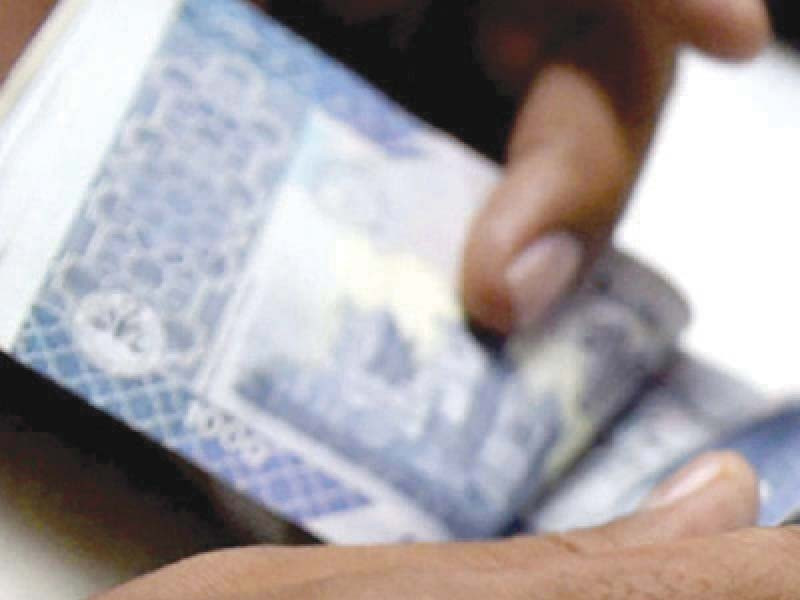
The Pakistani rupee has experienced a steady decline for the 12th consecutive working day, reaching a five-week low of over Rs286 against the US dollar in the interbank market on Tuesday.
This decline is attributed to increased demand for foreign currency and speculative activity. There have been reports of black currency markets reemerging in bordering areas with Afghanistan, where the exchange rate is more favourable than the official markets.
According to data from the State Bank of Pakistan (SBP), the rupee has depreciated by 0.38%, or Rs1.09, to close at Rs286.38 against the US dollar. Over the past 12 working days, the cumulative losses for the currency have reached 3.33%, or Rs9.55.
In the open market, the rupee has declined by 0.17%, or Rs0.50, closing at Rs287.50 per US dollar, as reported by the Exchange Companies Association of Pakistan (ECAP).
Malik Bostan, President of ECAP, noted that the recent downward trend in the currency was expected, as pent-up demand for the US dollar temporarily weakened the rupee. He highlighted that the rupee had strengthened by 11% in the previous six weeks, reaching a three-month high at Rs276.83 per US dollar in mid-October 2023.
Bostan projected that the rupee would resume an upward trend once the pent-up demand subsided, as traders who were waiting for better prices to buy the US dollar would start acquiring it.
Meanwhile, exporters have reduced their sales of US dollars in anticipation of further rupee depreciation, as delaying the sale would yield higher profits.
General Secretary of ECAP, Zafar Paracha, reported the resurgence of black currency markets in Peshawar, Khyber-Pakhtunkhwa, where US dollars are offered at higher prices. Authorities have been informed of this development, as previous crackdowns against illegal markets contributed to an 11% rupee gain in September-October 2023.
Additionally, some banks are speculating on rupee depreciation to boost profits in the rupee-dollar exchange business, prompting investors to acquire more foreign currency.
The ongoing talks between the International Monetary Fund (IMF) and Pakistan for the next tranche of $700 million under the Fund’s $3 billion loan program have also influenced the rupee’s performance. Pakistan is seeking IMF assistance to address a fiscal shortfall of approximately $6.5 billion in the fiscal year 2023-24, as global financial institutions have not provided the committed financing on time. Raising new debt through Eurobonds and Sukuks in international commercial markets has become expensive.
Published in The Express Tribune, November 8th, 2023.
Like Business on Facebook, follow @TribuneBiz on Twitter to stay informed and join in the conversation.


1732274008-0/Ariana-Grande-and-Kristin-Chenoweth-(1)1732274008-0-165x106.webp)















COMMENTS
Comments are moderated and generally will be posted if they are on-topic and not abusive.
For more information, please see our Comments FAQ